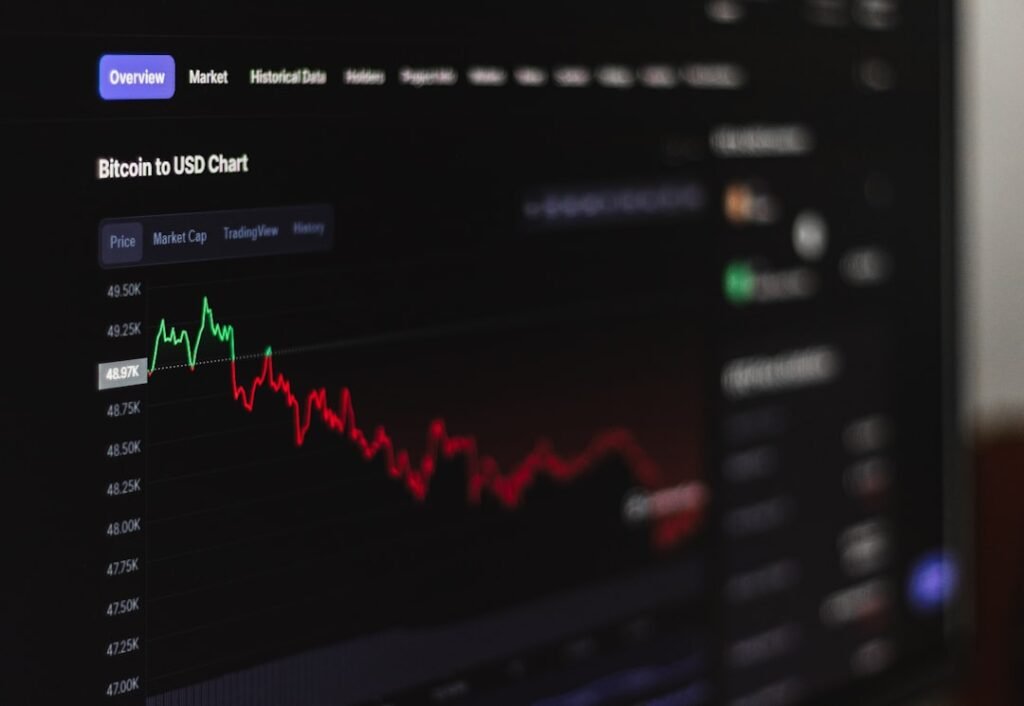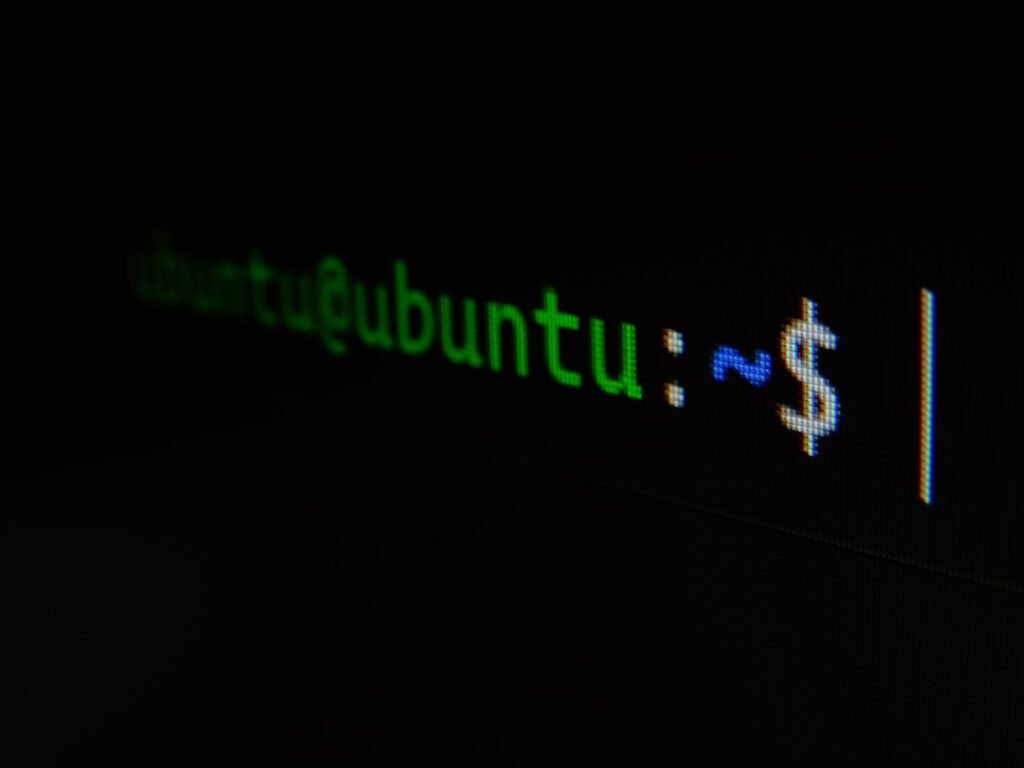How to Choose a Token Issuance Platform? Introduction to IEOs, IDOs, and Launchpads
The explosive growth of decentralized finance (DeFi) has revolutionized how new crypto projects raise capital and achieve liquidity. For investors seeking early access to promising ventures, and for founders aiming to launch tokens fairly and securely, understanding token issuance platforms is crucial. This guide demystifies IEOs, IDOs, and the launchpads that power them, providing the knowledge you need to navigate this dynamic landscape.
Understanding the Core Models: ICO, IEO, IDO
- Initial Coin Offering (ICO): The earliest and largely unregulated model. Projects sell their native tokens directly to the public, often in exchange for established cryptocurrencies like Bitcoin or Ethereum. While accessible, ICOs faced significant criticism due to rampant scams and a lack of oversight, leading to the development of more secure alternatives.
- Initial Exchange Offering (IEO): Conducted على a centralized cryptocurrency exchange's platform (e.g., Binance Launchpad, KuCoin Spotlight). The exchange acts as an intermediary, vetting projects rigorously before allowing them to raise funds from its user base. Investors participate using their exchange accounts. Benefits include enhanced legitimacy (due to exchange vetting) and immediate trading post-sale. Drawbacks include high listing fees, potential exclusivity clauses preventing listings on rival exchanges, and project teams having less control over sale parameters.
- Initial DEX Offering (IDO): Conducted على a decentralized exchange (DEX) platform (e.g., Polkastarter, Balancer). This model leverages the permissionless and intermediary-free nature of DEXs. Projects gain faster access to liquidity, significantly lower listing costs, and a more decentralized fundraising process. Investors trade directly from their wallets. IDOs address many shortcomings of ICOs and IEOs but can be susceptible to front-running bots and extreme initial price volatility if not structured carefully.
Why IDOs Are Gaining Dominance
IDOs have surged in popularity due to distinct advantages over older models:
- Immediate Liquidity: Tokens are instantly tradable on the DEX post-sale.
- انخفاض التكاليف: Minimal to no listing fees compared to hefty IEO charges.
- Faster Listing: Bypasses lengthy centralized exchange listing procedures.
- Decentralization & Permissionless Access: Open participation without a centralized gatekeeper.
- Fairer Access (Potential): When designed well, they can offer broader, more equitable participation.
The Role of Crypto Launchpads
Crypto launchpads are specialized platforms facilitating these token sales. They act as incubators and launch platforms, providing crucial services:
- Project Vetting: Rigorous due diligence to assess legitimacy, team, technology, and potential (especially prominent on IEO and reputable IDO launchpads).
- Fundraising Infrastructure: Providing the technical framework for the token sale (fixed price sales, auctions, lottery systems, etc.).
- Token Distribution: Automating the secure distribution of tokens to investors post-sale.
- مخصص السيولة: Often helping establish initial liquidity pools on DEXs (particularly for IDOs).
- Marketing & Community Building: Generating exposure, managing communications, and fostering investor communities.
- Investor Access & Management: Implementing participation mechanisms (tiers, lotteries, whitelists) and often handling KYC/AML procedures.
Deep Dive: IDO Launchpads and the LBP Innovation
IDO launchpads are specifically designed for decentralized fundraising. They come in various forms, each with its mechanics:
- Static Listings: Traditional model (like early Uniswap listings) with a fixed initial price determined by the initial pool ratio.
- Overflow Model: Used by platforms like PancakeSwap. Allows users to commit more funds than their guaranteed allocation; excess funds are refunded.
- FCFS (First-Come, First-Served): Participants race to buy tokens once the sale opens (e.g., some Polkastarter pools), often leading to gas wars.
- Liquidity Bootstrapping Pools (LBPs): A sophisticated model designed for fairer price discovery and mitigating whale manipulation.
What is an LBP and Why is it Revolutionary?
Liquidity Bootstrapping Pools (LBPs), popularized by platforms like Balancer and Copper, represent a significant advancement in IDO design. They tackle key problems:
- Front-running Bots & Gas Wars: Traditional FCFS IDOs incentivize users (and bots) to be the first to transact, leading to expensive gas fees and unfair advantages for automated traders.
- Whale Domination & Rug Pulls: Large investors ("whales") can often scoop up huge allocations early and dump tokens immediately for profit ("pump and dump"), harming the project and smaller investors.
- Inaccurate Initial Pricing: Projects often set an artificially low initial IDO price, creating immediate, unsustainable price spikes post-listing.
How LBPs Work:
- Customizable Pool: Projects create a two-token pool (e.g., Project Token / USDC) on a DEX supporting LBPs (like Balancer).
- Dynamic Weight Shifting: The key innovation. Initially, the pool weight is heavily skewed towards the project token (e.g., 95% Project Token / 5% USDC). Over a predefined period (hours/days), these weights automatically and gradually shift until they reach the final desired ratio (e.g., 50%/50%).
- Downward Price Pressure: This gradual shift away from the project token creates natural, continuous downward pressure on its price within the pool throughout the sale duration.
- Fair Price Discovery: This mechanism encourages participants to wait for what they perceive as a fair price rather than rushing to buy immediately at launch. The market collectively discovers the token's true market price over time.
- Anti-Whale Design: Whales cannot simply buy a huge chunk early without drastically inflating the price due to the low initial liquidity (high weight on project token). They are forced to buy smaller amounts over time if they want a significant position, allowing smaller investors more opportunity.
- Capital Efficiency: Projects only need to supply the project tokens and a small amount of the paired asset to start the pool. Deep liquidity is built organically during the sale as participants add the paired asset to buy tokens.
Benefits of LBP Launchpads:
- Eliminates Gas Wars: No incentive to be the absolute first buyer.
- Reduces Bot Advantage: Bots gain little edge over humans in this model.
- Mitigates Whale Manipulation: Makes large-scale pump-and-dumps extremely difficult.
- Fairer Price Discovery: Market-driven price finding reduces initial volatility.
- Multi-Token Participation: Balancer's Smart Order Routing (SOR) often allows participants to buy the project token using أي token with liquidity against the pool's paired asset (e.g., buy with ETH even if the pool is Project Token/USDC).
- Flexible Duration: Sales can run for extended periods (hours to days) for thorough price discovery.
- Increased Capital Efficiency for Projects: Requires less upfront capital for liquidity.
Choosing the Right Blockchain for Your IDO
The underlying blockchain platform significantly impacts an IDO's reach, cost, and features:
- Ethereum: The most established ecosystem with vast user base and developer tools. High gas fees can be a barrier. Strong for community reach and complex smart contracts.
- Binance Smart Chain (BSC): Offers high speed and very low transaction fees. Large existing investor base from Binance. Concerns sometimes exist around centralization.
- Polkadot: Provides interoperability (cross-chain capabilities). Growing ecosystem with strong technological foundation. Still maturing.
- Solana: Known for extremely high throughput and low fees. Attractive for high-performance applications. Has faced network stability challenges.
- Polygon (as L2): Ethereum Layer-2 solution offering Ethereum security with drastically lower fees and faster speeds. Popular choice for Ethereum-based projects seeking scalability.
How to Choose the Best IDO Launchpad
Selecting the right launchpad is critical for project success and investor protection. Consider these factors:
- Project Fit & Target Audience:
- Does the launchpad specialize in your project's niche (e.g., GameFi, DeFi, NFTs)? Platforms like Seedify (gaming) or GameFi offer targeted communities.
- Consider the investor demographics the launchpad attracts.
- الشفافية والأمان:
- How rigorous is the launchpad's vetting process? Look for details on their due diligence.
- Is the platform transparent about project details, tokenomics, and the smart contract address? Easy verification (e.g., via CoinMarketCap/CoinGecko links) is essential.
- What security audits have the launchpad and its typical sale contracts undergone?
- Token Sale Mechanism:
- Does the model align with your goals? (LBP for fair price discovery, Overflow for broad participation, Lottery/Tiers for community rewards).
- How fair and accessible is the participation mechanism? Watch out for very high minimum stake requirements that exclude small investors.
- تجربة المستخدم (UX):
- Is the platform user-friendly, especially for those new to DeFi? Complex interfaces deter participation.
- Does it offer fiat on-ramps? This significantly broadens the potential investor base.
- Community Strength & Track Record:
- How large, active, and engaged is the launchpad's community?
- What is the historical performance of projects launched on the platform? Look beyond hype at real metrics.
- Post-Launch Support:
- Does the launchpad offer marketing support, advisory services, or connections to market makers/exchanges post-IDO?
- Costs:
- Understand all associated fees (platform fee, token allocation fee, liquidity locking costs, etc.).
Examples of Leading IDO Launchpads
- Polkastarter: Pioneering cross-chain IDO platform. Uses fixed swap pools and various participation models (lottery, FCFS). Requires POLS token holding for many pools. Known for successful launches (e.g., Ethernity). Pros: No KYC, good for strong communities. Cons: High entry barrier for some pools, requires DeFi knowledge.
- Balancer (LBP): Not a traditional launchpad, but the primary platform for conducting Liquidity Bootstrapping Pools. Highly flexible and powerful for fair launches. Pros: Excellent price discovery, anti-whale, multi-token entry. Cons: Technically complex setup for projects, requires deep understanding.
- DAO Maker: Focuses on "retail venture capital" and strong due diligence. Offers various participation mechanisms and integrations. Known for quality projects. Pros: Strong vetting, good token holder incentives. Cons: Can be competitive for allocations.
- Seedify: Specializes in blockchain gaming, NFTs, and Web3. Offers incubation, funding, and community support. Pros: Niche focus, strong post-launch support in its domain. Cons: Primarily focused on its specific niches.
- BSCPad: First dedicated decentralized IDO platform on Binance Smart Chain. Uses a two-round system aiming for fair distribution. Pros: Fair allocation model, low fees, BSC speed. Cons: Primarily BSC ecosystem focus.
Conclusion: Navigating the Token Launch Landscape
Choosing the right token issuance platform and launchpad model is a foundational decision for any crypto project. While IEOs offer the stamp of approval from a centralized exchange, IDOs, powered by innovative launchpads and models like LBPs, provide the core benefits of DeFi: decentralization, lower costs, faster liquidity, and the potential for fairer access and price discovery. For investors, understanding these models – especially the mechanics and advantages of IDOs and LBPs – is key to identifying genuine opportunities and participating more effectively. Prioritize platforms with strong vetting, transparency, fair participation mechanisms, and a track record aligned with your investment thesis. As the space evolves, LBPs stand out as a significant innovation addressing critical flaws in earlier models, paving the way for more sustainable and equitable token launches in the decentralized future.












